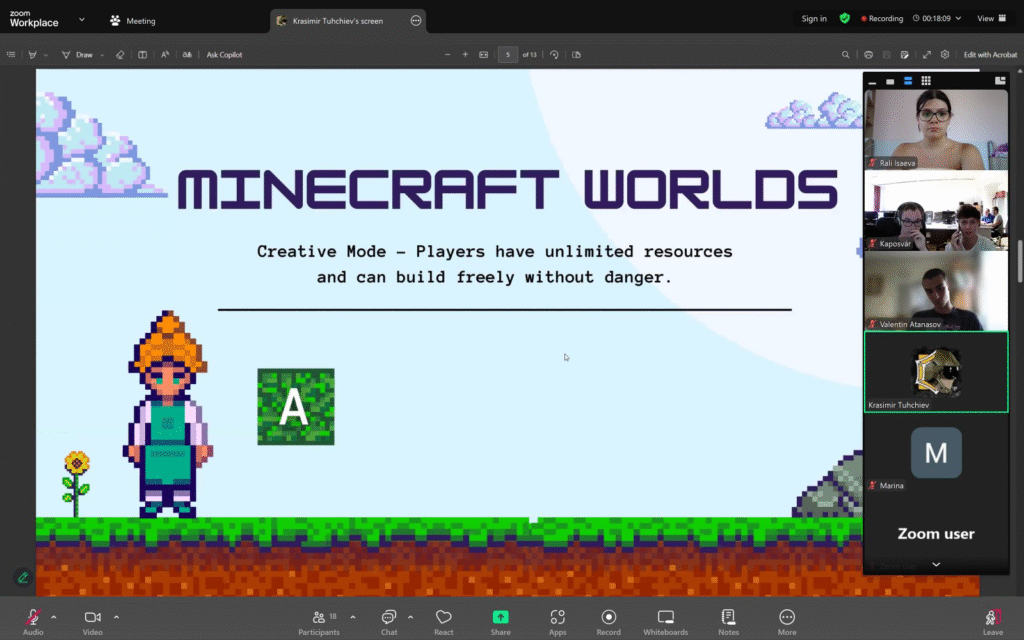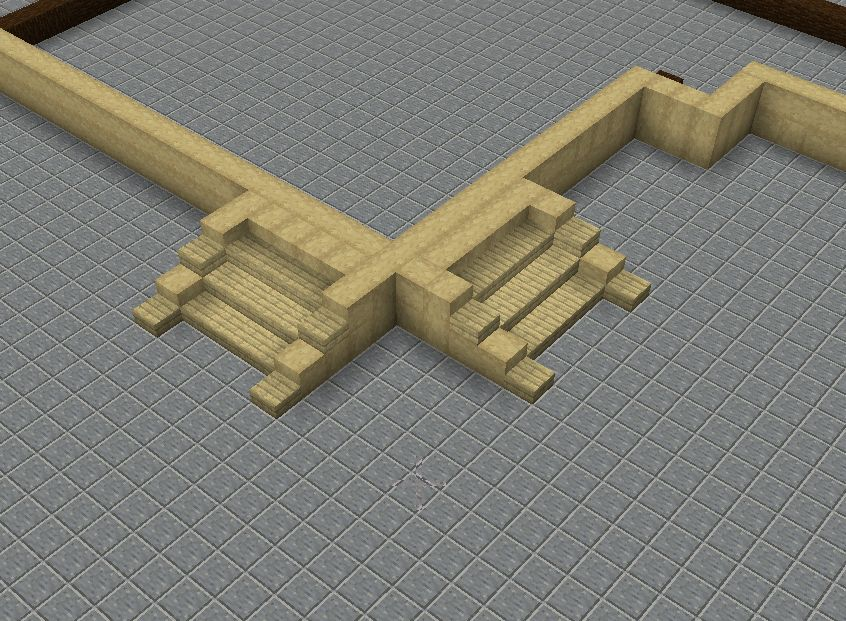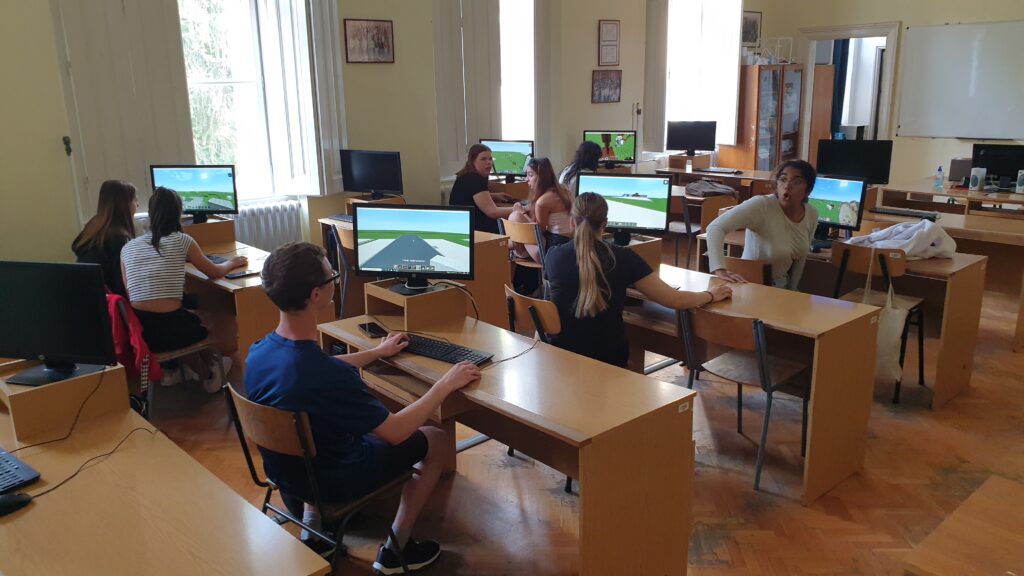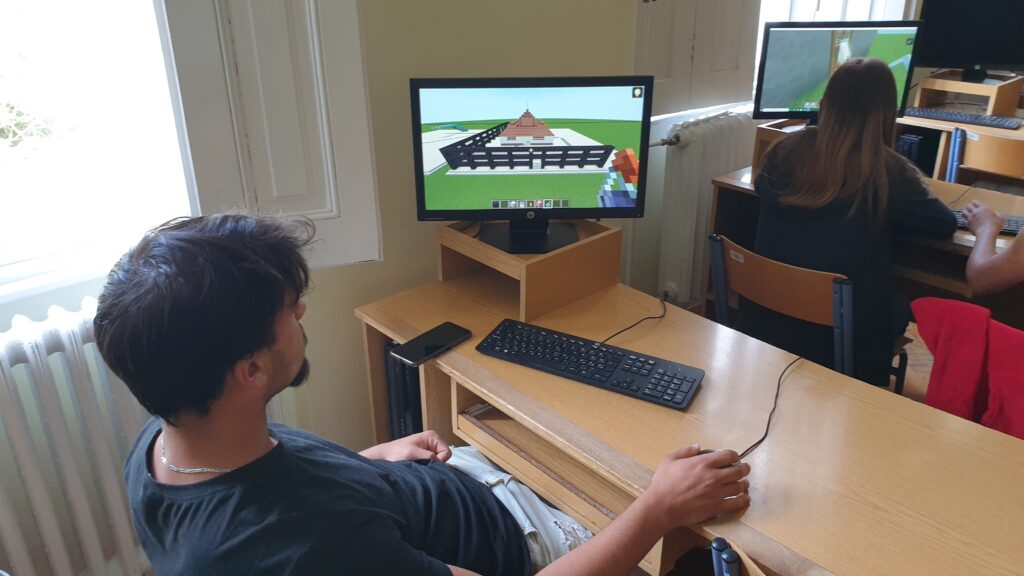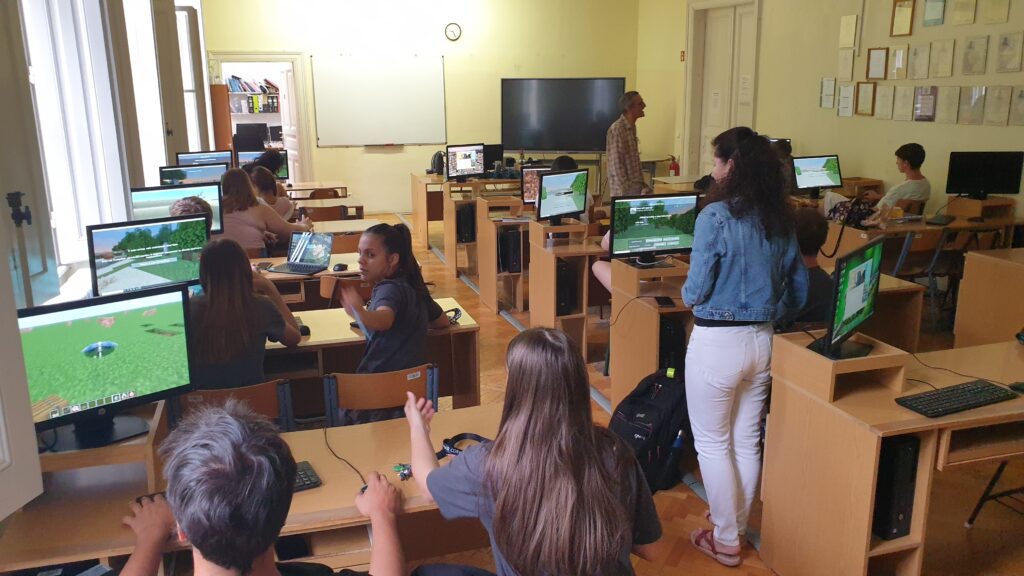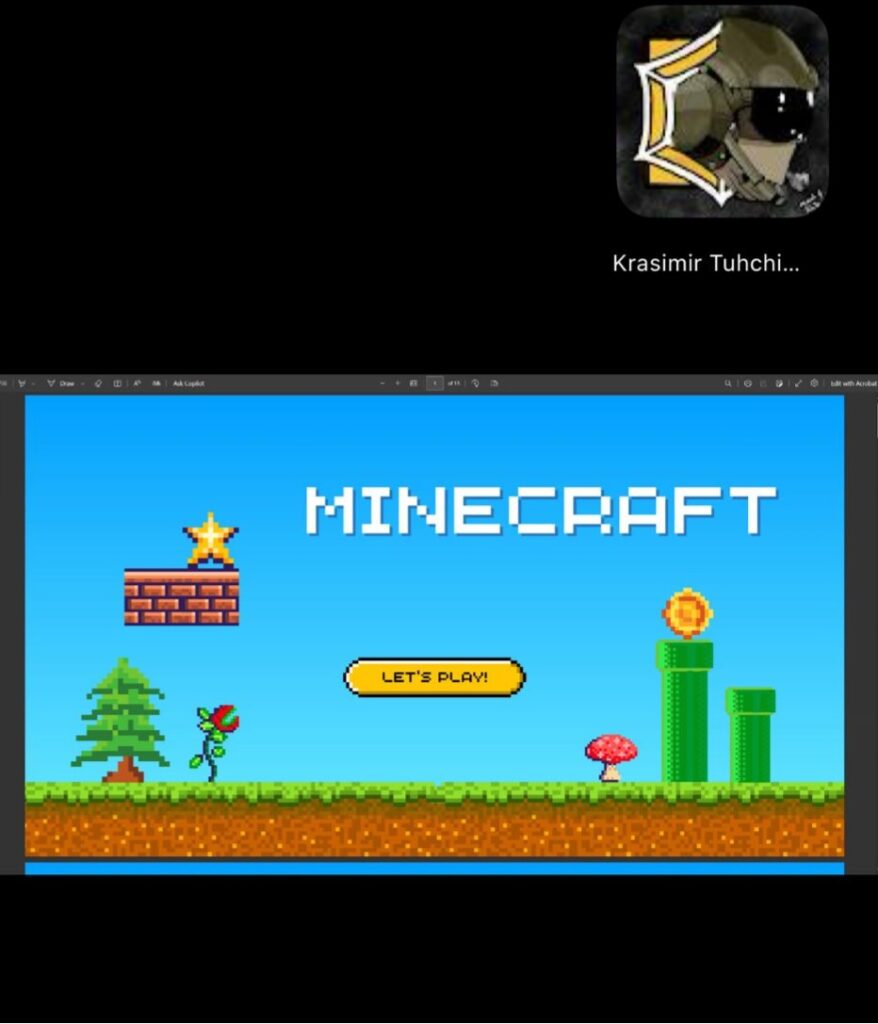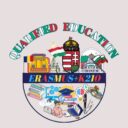The activities:
First part: training (3 days)
Day One: Installing Minecraft Education Edition; Logging in to Minecraft Education; Changing the Skin; Editing Game Settings
Day Two: Anatomy of the Game Screen; Building the First Structure (Using Inventory); Creatures (Mobs); Understanding Minecraft Physics
Day Three: The Day-Night Cycle; Product Realization Diagram; Reflex
At the end of this training, teams of students from different countries were formed. These teams prepared a game using Minecraft: a collaborative thematic game about sustainable cities and societies.
The teams:
1. Valentin/Sofia, Oana/Tecuci,
2. Mihaela/Tecuci, Roberta/Tecuci,
3. Ralitsa/Sofia, Yasen/Sofia
4. Krasimir/Sofia, Maria/Tecuci
5. Burak/Kardzhali, Borislav/Kardzhali, Yusuf/Kardzhali
6. Vilmos/Kaposvar, Greta/Kaposvar
7. Daria/Tecuci, Laci/Kaposvar, Stefan/Tecuci
Minecraft Education Edition is a digital game-based learning platform that allows students to acquire new skills and improve their abilities. Minecraft can be used as an educational and fun tool for Erasmus activities. It will provide a multiplayer environment that allows students to collaborate with each other in construction.
Cultural and historical explorations: Minecraft gave participants the opportunity to explore the cultures and histories of different countries. A wide range of options are provided for using this tool in different learning areas and for students to develop their creativity.
Language learning: Minecraft has been used to support language learning. Tasks or activities have been created within the game to improve language skills.
Teamwork: Minecraft developed teamwork and collaboration skills. Participants worked together and solved problems together. Teachers can easily integrate a learning outcome into the game features and get students engaged in the subject during the lesson.
Learning Math and Science: Minecraft can be used to teach math and science subjects. For example, students can perform mathematical calculations in the processes of mining and resource gathering.Thinking skills for a better future: It will produce common solutions to common problems.
The results:
CONCRETE RESULTS: Sustainable Cities and Communities themed mine craft games
INTANGIBLE RESULTS: Increase in digital skills; Increased ability to use foreign languages; Ability to collaborate; Students were able to work freely in an engaging environment where the only limitation was their imagination; It gave students the freedom to create and interact with whatever they wanted; It led to improved decision-making skills of students.
